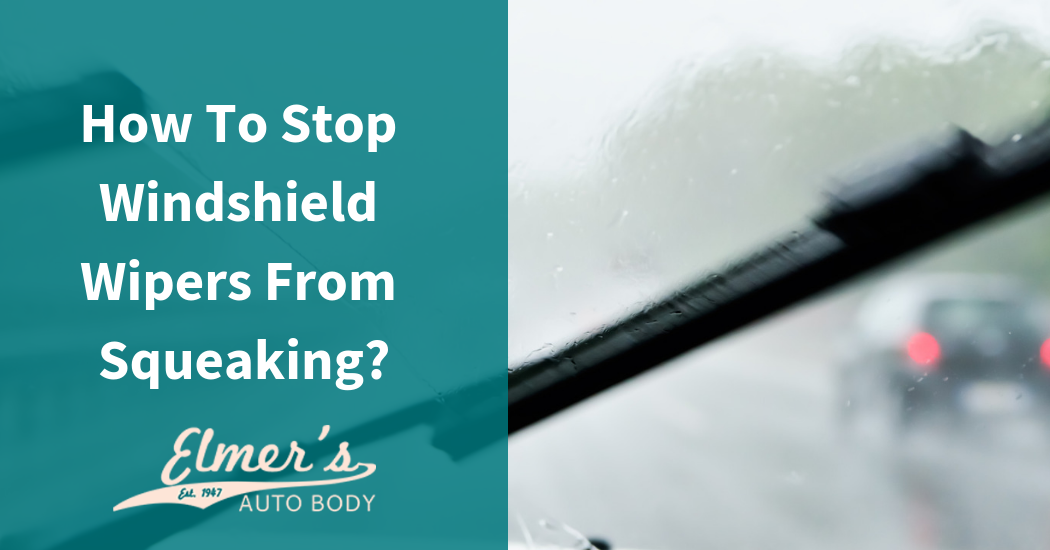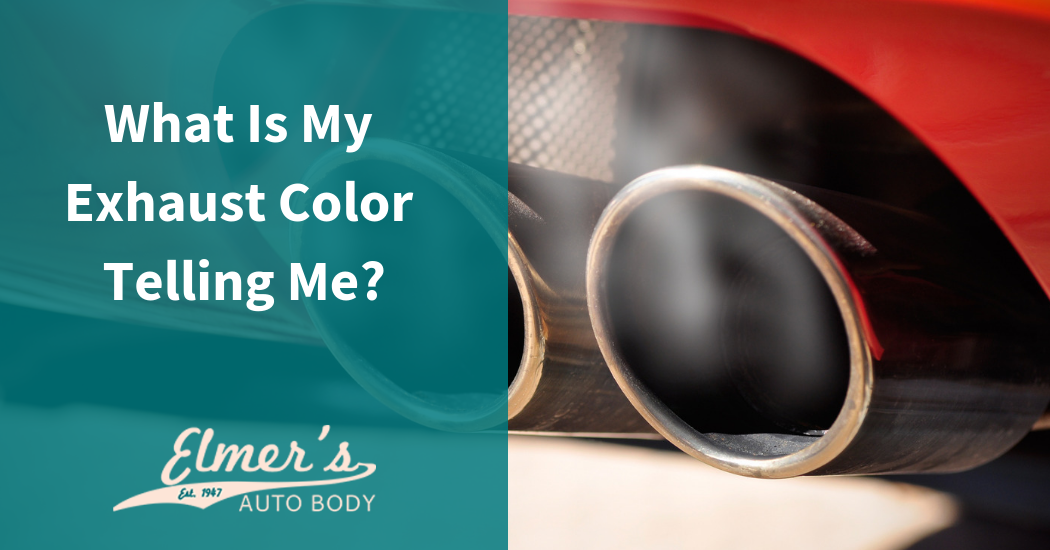Tinted windows are here to stay and with many new vehicle windows already tinted from the factory and other window tinting choices available through tint shops and do-it-yourself window tinting, there are a lot of car windows out there that require upkeep and simple everyday cleaning. Just how easy is it to clean tinted car windows, and how does a person go about doing it? Here are a few ways to keep those new and older tinted windows clean and fresh looking.
1. Factory Installed Window Tint
If window tint has been factory installed, it is not considered a film, so vehicle windows of this type can be sprayed and cleaned with regular glass cleaners.
2. Non-Factory Installed Window Tint
With window tint that has been applied to windows in a plastic film form, damage can occur to the windows when chemically laced window cleaners are sprayed and wiped over them. More natural cleaning methods are necessary with this kind of tint, which consists of the following methods and steps for windows that are slightly dirty or streaked, or for just everyday window cleaning and maintenance.
Required Materials
Paper towels or soft microfiber cloths
Spray bottle with water
The Process
- Lightly spray the car window or spray directly on the cloth and wipe it over the window.
- If cleaning the interior side of the window, carefully spray, as window tint products are actually applied from the inside, and they need to be treated with care.
- When wiping, go across the window in a vertical motion and cover the whole area of the window.
- Now wipe in a horizontal manner until any water or streaks are no longer visible.
- Carefully check for any leftover dirt or streaks. Since water is the only cleaner being used, it is important to note that the cloth is what is catching the dirt and the window should be free of debris.
- If any streaks remain, complete the process again. Just use the clean side of the cloth to wipe away any remaining residue, or get another clean cloth.
- Continue to repeat the process as necessary to clean the window.
- Don’t forget to roll down the window a short ways and clean the edge of the window glass that goes into the track of the window. This edge should be cleaned well, so that every time the window is opened there is no line of dirt left to continually dirty a window that is being rolled up or down.
- Complete the edge cleaning for all of the windows in the vehicle.
3. Using Glass Cleaner on Tinted Windows
When cleaning tinted car windows with actual glass cleaner, be sure that the glass cleaner is free of ammonia. It can be damaging to tinted windows, particularly if used continually. Any glass cleaner that has a blue color to it should be avoided as that usually means ammonia is present in the list of ingredients.
Required Materials
A non-blue glass cleaner (no ammonia)
Paper towels and a cloth that is free of lint
The Process
- Spray an ammonia-free cleaner on the tinted window to be cleaned.
- To avoid over spray or spotting with any kind of cleaner, spray the cleaner on the lint-free cloth, rather than directly on the window.
- Clean the whole window, including the edges that fit in the window track.
- Complete the cleaning as fast as possible as most commercial glass cleaners dry quickly.
- When wiping, do it in a up and down pattern first and then switch to a horizontal sequence until the glass is completely dry.
- Always check for streaks. If they are there, it is probably because of overly dirty windows or a cloth that may be saturated with dirt.
- Continue to clean and repeat the process if the streaks remain. Always use the clean side of the cloth or use another clean one.
- Always clean the interior windows as well with the same ammonia-free product.
4. Using Soap and Water on Tinted Windows
When tinted windows get extremely dirty, it’s time to bring out the good old soap and water. An accumulation of dirt could mean that the interior of a car has residue on the glass from cigarette smoke build up, a heater leak or another source that causes cloudy windows that retain dirt and moisture. Any remaining residue on interior windows can require several cleanings, and soap and water does help. If there are remaining streaks, a spray cleaner can be used to clear them.
Required Materials
Warm water and a metal or plastic bucket
Dish detergent (grease removal ingredients)
Microfiber cloth
Scratch-proof/soft sponge
The Process
- Combine the dish detergent (approximately one teaspoon) with a gallon of warm water.
- Soak the sponge in the water.
- Wring out the sponge so there are no drips dribbling down the windows.
- Wipe the windows from edge to edge with the sponge.
- Repeatedly rinse the sponge and, again, wring it out to resist drips.
- Wipe the windows with the microfiber cloth.
- Let the windows dry and if there is streaking, repeat the process.
Cleaning tinted car windows doesn’t have to be a labor-intensive process. Following the methods outlined here should result in both exterior and interior windows that are clean as well as streak free. If you have questions concerning caring for and cleaning tinted windows, complete the online contact form, and a window tinting expert will get back to you with the answers you need to take care of your tinted windows in the best way possible.




